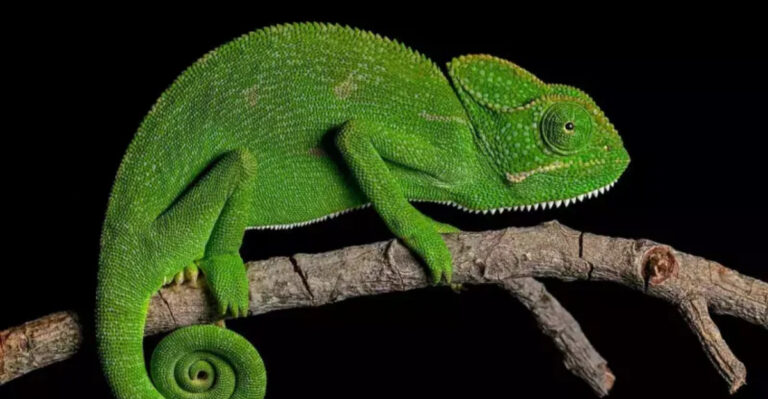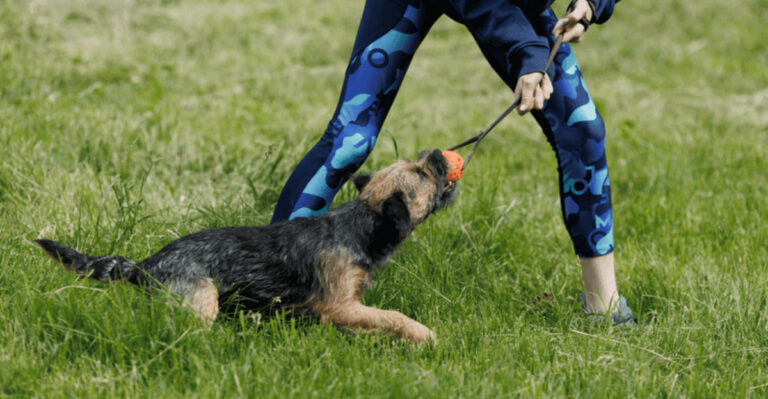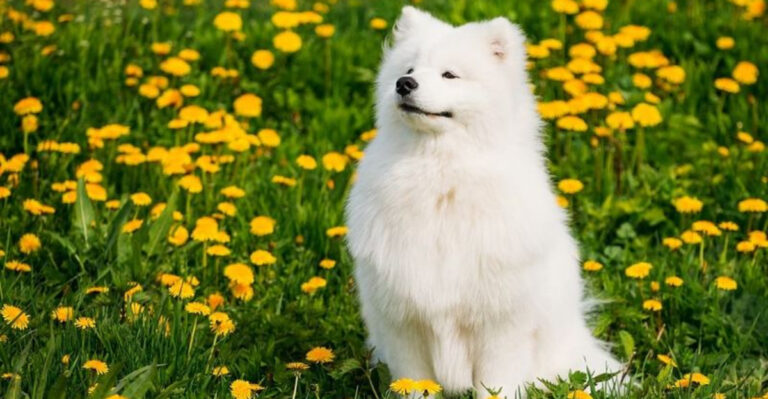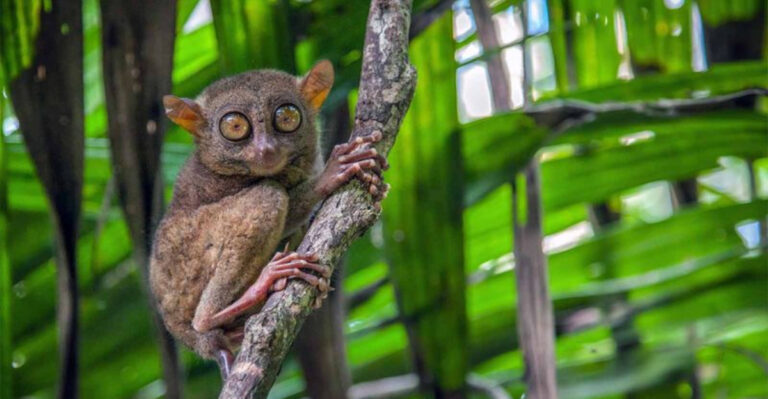14 Smart Ways To Support And Protect Wild Birds

Birds bring joy to our yards with their songs and colors. They also help control pests and spread seeds that grow into new plants.
But many bird species face threats from habitat loss, climate change, and human activities. Here are practical ways you can make a difference in protecting our feathered friends.
1. Install Bird Feeders
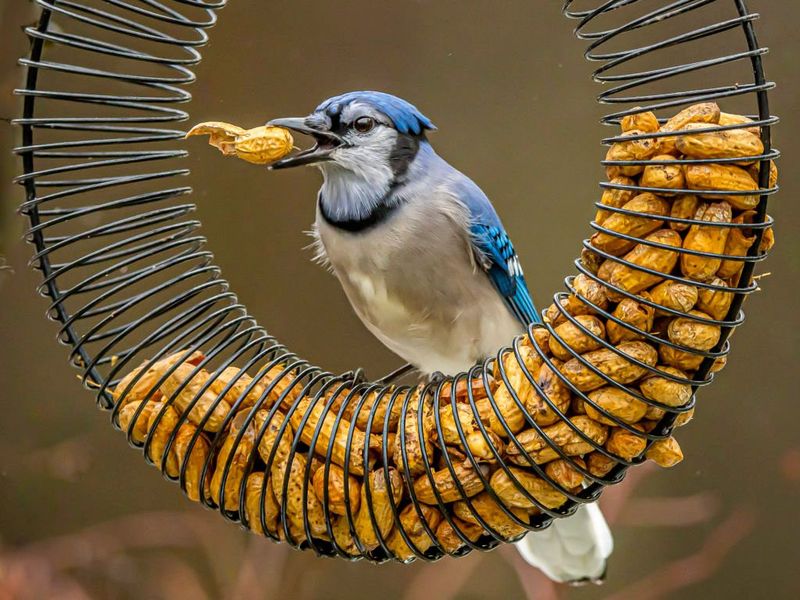
Bird feeders provide essential nutrition, especially during harsh winter months when natural food is scarce. Choose feeders appropriate for birds in your region.
Clean them regularly to prevent disease spread. Different seeds attract different species—black oil sunflower seeds attract a wide variety, while nyjer seeds are favorites of finches.
2. Create Water Sources

Birds need clean water for drinking and bathing year-round. A simple birdbath can become a hub of activity in your yard.
Place it where birds can spot predators easily. During winter, consider heated birdbaths to provide water when natural sources freeze. Remember to clean your birdbath weekly to prevent algae growth and disease transmission.
3. Plant Native Species
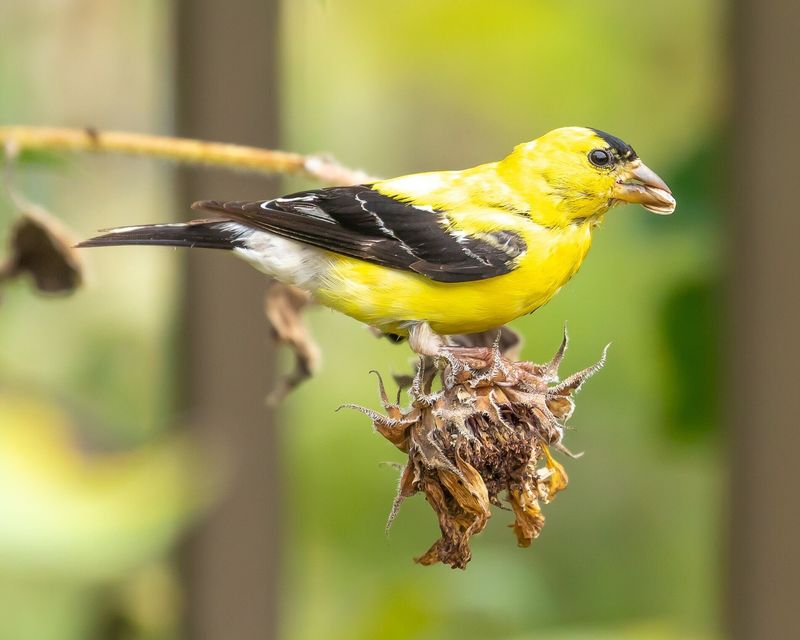
Native plants form the foundation of healthy ecosystems for birds. They provide natural food sources through seeds, berries, and by attracting insects that birds eat.
Unlike exotic plants, natives require less maintenance and water. Research which plants are indigenous to your region and incorporate them into your landscape. Even a small native plant garden can become a bird sanctuary.
4. Reduce Window Collisions

Millions of birds die yearly from hitting windows. Birds see reflections of sky or plants and fly straight into the glass.
Apply special window decals or screens visible to birds but not distracting to humans. Another option is hanging strings or ribbons outside windows. For new construction, consider windows with patterns built into the glass that birds can see.
5. Keep Cats Indoors
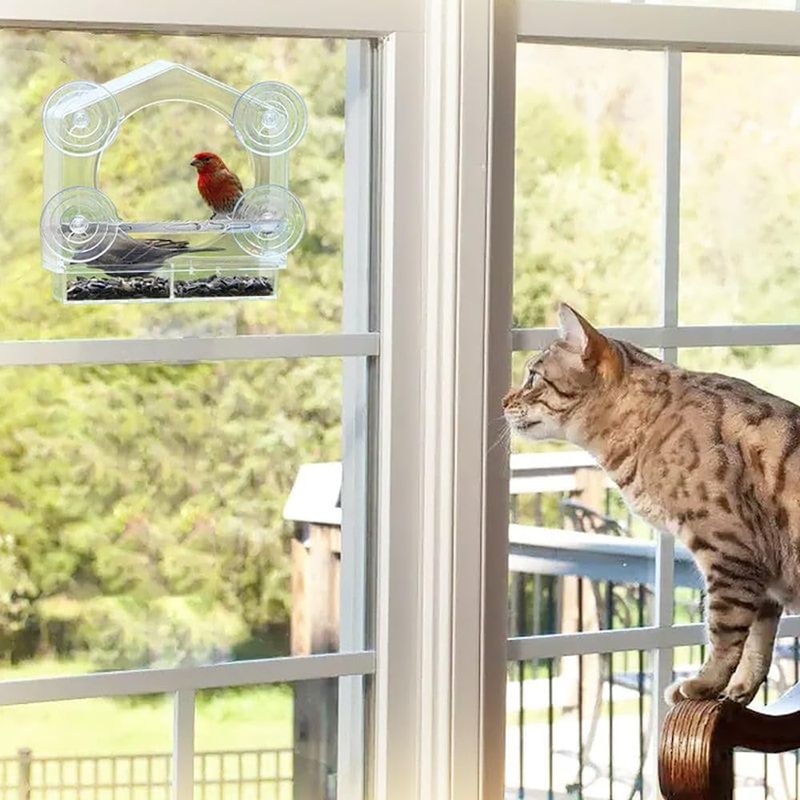
Domestic cats kill billions of birds annually in the United States alone. Even well-fed cats hunt by instinct, not hunger.
Indoor cats live longer, healthier lives away from diseases, predators, and traffic. If your cat enjoys outdoor time, consider a catio (cat patio) or train them to walk on a leash. These alternatives allow cats outdoor experiences while keeping birds safe.
6. Avoid Pesticides

Chemical pesticides don’t just kill pest insects—they eliminate food sources for birds and can poison them directly. Many birds feed insects to their young, even if adults eat seeds.
Embrace natural pest control methods like companion planting and beneficial insects. Ladybugs and praying mantises help control unwanted pests while providing safe food for birds. Your garden will become healthier overall.
7. Build Nesting Boxes
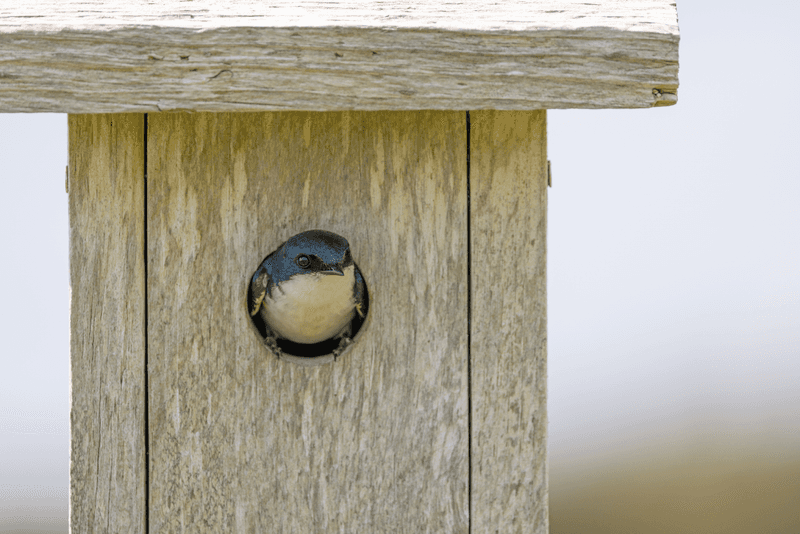
Many bird species face housing shortages due to habitat loss. Nesting boxes provide safe places for birds to raise their young.
Different species need different box designs—research what birds in your area need. Mount boxes at appropriate heights, facing away from prevailing winds. Clean boxes each fall after nesting season ends to remove parasites and prepare for next year’s families.
8. Leave Dead Trees Standing

Snags—dead or dying trees—serve as apartment buildings for wildlife. Woodpeckers create holes that later become homes for other cavity-nesting birds.
If safe to do so, leave dead trees standing in your yard. Many insects live in decaying wood, providing food for birds. If a dead tree poses safety risks, consider leaving a tall stump rather than removing it completely.
9. Support Bird-Friendly Legislation
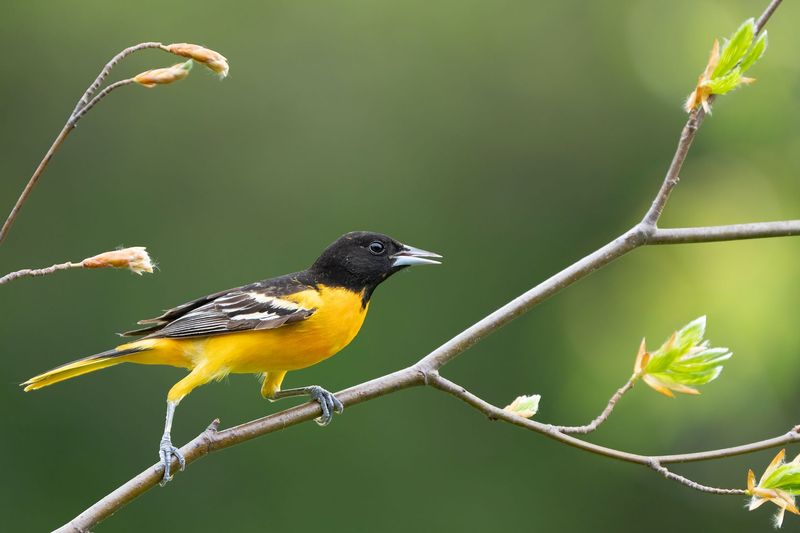
Laws protecting birds and their habitats make a huge difference. The Migratory Bird Treaty Act has saved countless birds from extinction over the past century.
Stay informed about legislation affecting birds in your area. Contact elected officials when important conservation issues arise. Join organizations like the Audubon Society that advocate for bird-friendly policies and keep members updated on critical voting opportunities.
10. Participate In Citizen Science

Ordinary people contribute valuable data through citizen science projects. The Great Backyard Bird Count and Christmas Bird Count help scientists track bird populations across continents.
These projects require no special expertise—just willingness to count birds you see. Download apps like eBird or Merlin Bird ID to help identify and record sightings. Your observations contribute to a global database helping scientists understand bird population trends.
11. Create Brush Piles

Tidy yards offer little shelter for birds. Brush piles made from fallen branches, leaves, and garden trimmings create micro-habitats where birds find protection from predators and weather.
Place brush piles near the edges of your yard where birds can quickly access them when threatened. Small birds particularly appreciate these sanctuaries during winter when natural cover is sparse. They’ll reward you with more frequent visits.
12. Buy Bird-Friendly Products

Consumer choices impact bird habitats worldwide. Coffee grown under forest canopies preserves critical winter habitat for migratory birds, unlike sun-grown varieties that require forest clearing.
Look for Bird Friendly® certification from the Smithsonian or Rainforest Alliance certified products. Sustainable seafood choices help seabirds by preventing overfishing. Recycled paper products reduce demand for logging in bird-rich forests.
13. Reduce Plastic Use

Plastic pollution kills countless seabirds and waterbirds annually. Birds mistake plastic pieces for food or become entangled in plastic waste.
Carry reusable shopping bags and water bottles. Skip single-use straws and utensils. Participate in community cleanups along waterways where birds feed. Cut plastic rings from six-packs before disposal to prevent birds from getting caught in them.
14. Donate To Conservation Groups
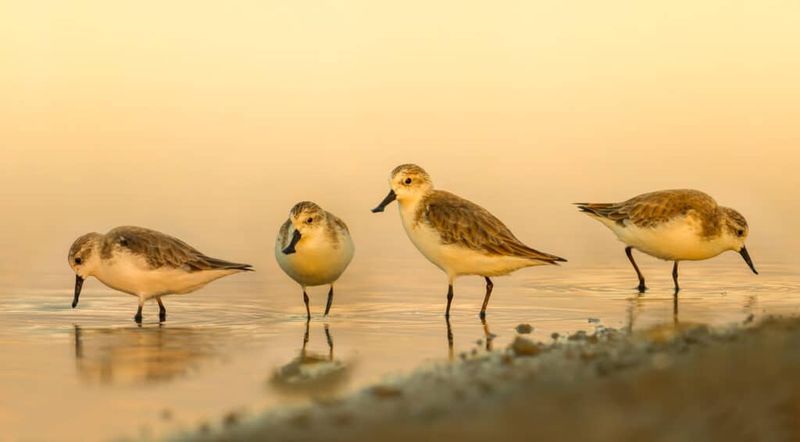
Organizations dedicated to bird conservation accomplish what individuals alone cannot. They purchase and protect critical habitats, conduct research, and advocate for bird-friendly policies.
Even small donations help when combined with others. Consider supporting local organizations working in your region as well as national groups. Many offer membership benefits like magazines and access to nature preserves while putting your money to work saving birds.


